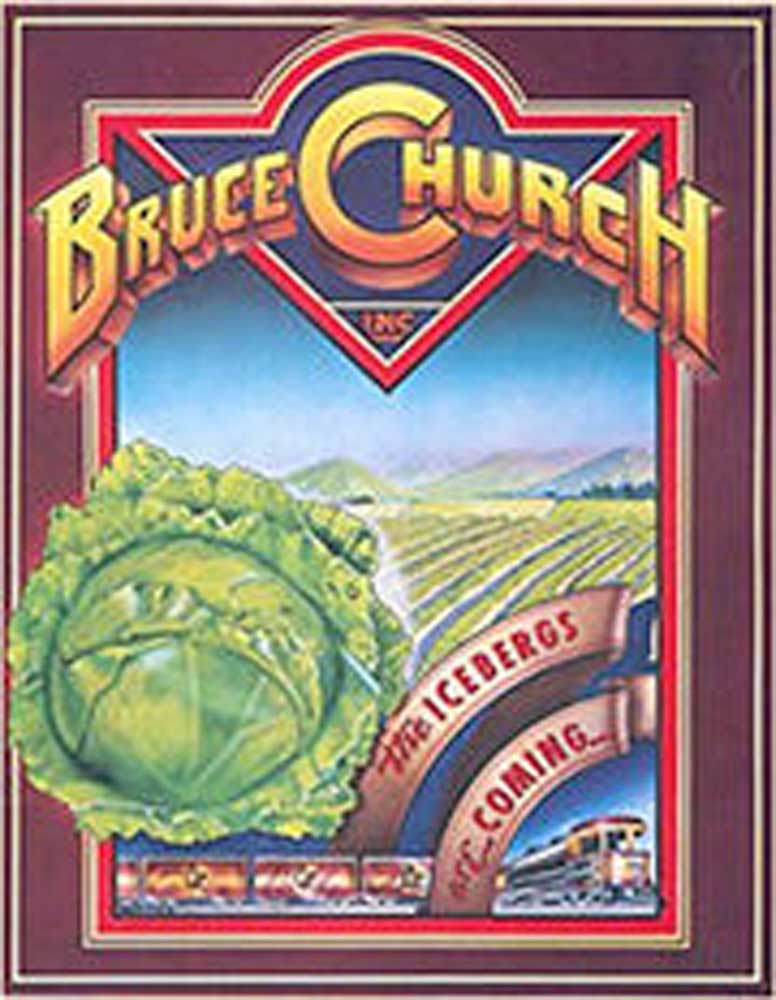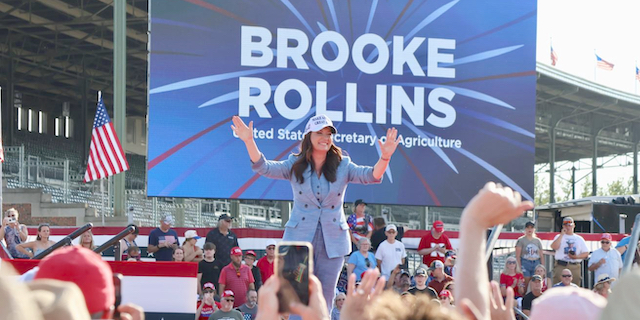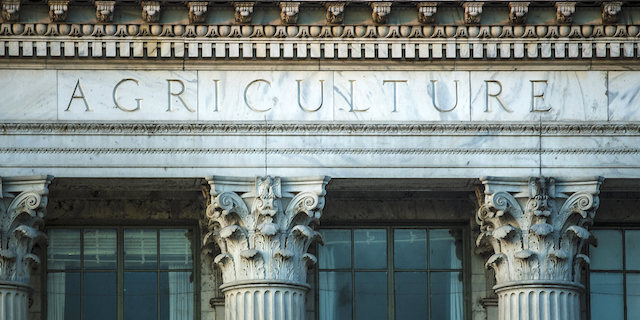On the way to the supermarket: why post-harvest innovations matter
Published 3:30 pm Thursday, November 19, 2020

- A vintage poster for Bruce Church Inc., the Salinas, Calif., company that hired Jim Lugg
What happens to produce on the way to the supermarket matters.
Trending
Americans are consuming four times as much fresh spinach now as they were four decades ago, and the change was propelled by technology.
The invention: A special bag that makes pre-washed, ready-to-eat spinach last longer.
The bags and other post-harvest innovations have boosted sales of specialty crops such as spinach, which are grown on 4% of all cropland but account for one-third of total crop value.
Trending
For example, USDA researchers developed a coating called NatureSeal that prevents sliced apples from browning, catapulting sales at McDonald’s, Trader Joe’s and elsewhere.
USDA’s critics say big-league commodities like soybeans, along with livestock, gobble up most of the agency’s research funds. But specialty crop research is growing. Specialty crop block grants made up 5% of the total AMS budget in 2017, compared to 6% in 2018 and 7% in 2019.
Many discoveries have also emerged from the private sector. Experts credit Jim Lugg, for example, as the inventor of the modern salad mix.
Lugg started his career working at the University of California-Berkley. In 1963, lettuce company Bruce Church Inc. hired Lugg to solve soil and water problems.
“I found their soil problems were not nearly as great as their post-harvest problems,” said Lugg.
His goal changed: to find better ways of preserving crops’ freshness during shipment.
In 1966, Bruce Church Inc. merged with Whirlpool Corp. to form TransFresh, with Lugg as president. Lugg’s team developed systems to control gases like carbon dioxide and oxygen and temperature in manufacturing plants, vehicles and railroad cars.
“We were so passionate,” said Lugg.
The company then decided to wash and package lettuce with the same oxygen-and-carbon dioxide mix as the shipping containers. In 1989, they sold the first-ever national retail salad mix under the brand name Fresh Express.
Salad sales skyrocketed.
Decades later, researchers say consumers often forget that keeping produce fresh is an elaborate attempt to outwit nature.
“The vegetable is not dead. It’s alive. It’s still breathing,” said Melvin Pascall, an Ohio State University professor and packaging expert.
To keep a vegetable fresh as long as possible, Pascall said we need to do “tricks.” Lower oxygen levels and temperatures, for example, slow a plant’s metabolic rate.
“It’s something like hibernation. It’s alive, but it’s sleeping,” said Pascall.
Experts say the U.S. needs more inventions similar to the salad revolution.
Lugg, the inventor, said universities and businesses should be asking which crops have the highest spoilage numbers and investing there.
Pascall, the professor, said today’s “hot issues” are biodegradable and antimicrobial packaging.
Consumers are pushing for biodegradable packaging, but engineers say it’s hard to create a bag that keeps its form to protect food and then degrades easily.
Antimicrobial packaging also presents challenges. Coating the inside of a wrap with a chemical may prevent, say, mold from forming on cheese as quickly, but can leave trace chemicals on the cheese.
Clearly, scientists say, there are many untapped avenues for post-harvest invention, and farmers have a role. Researchers encourage growers to adopt new technologies, encourage their legislators to prioritize USDA specialty crop research and talk to distributors about innovation.







